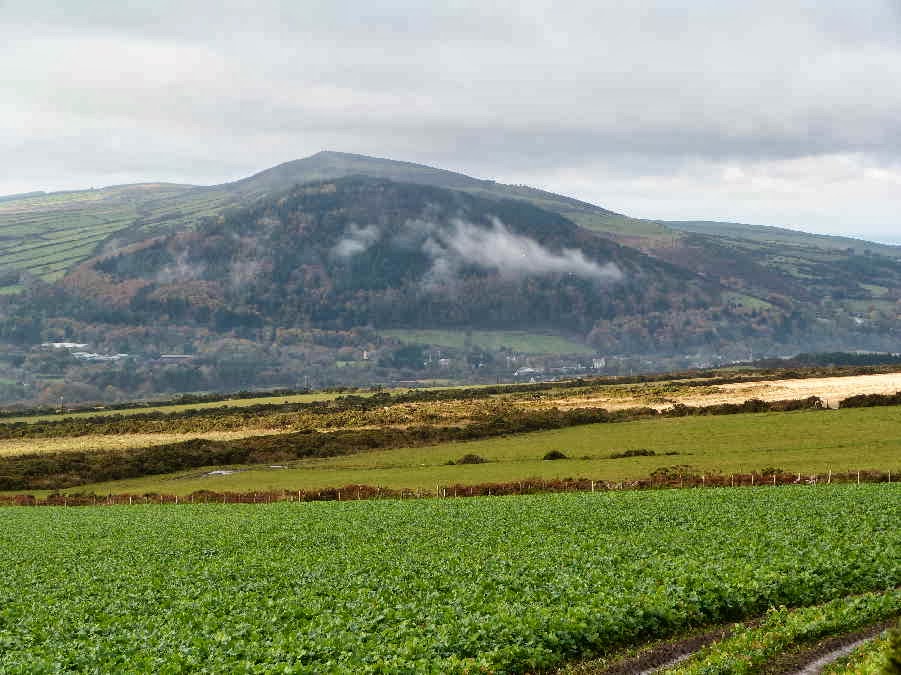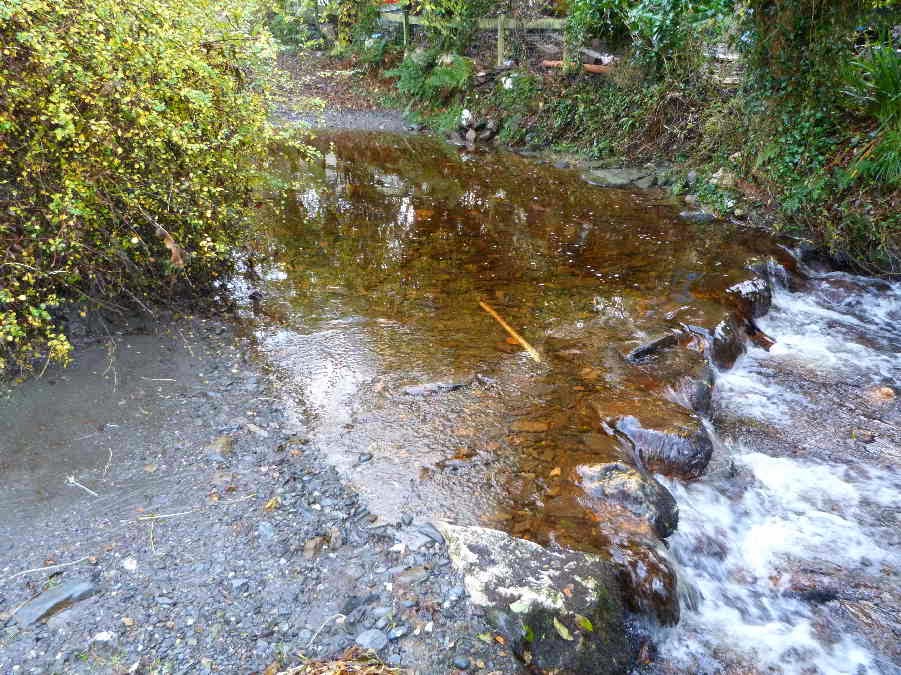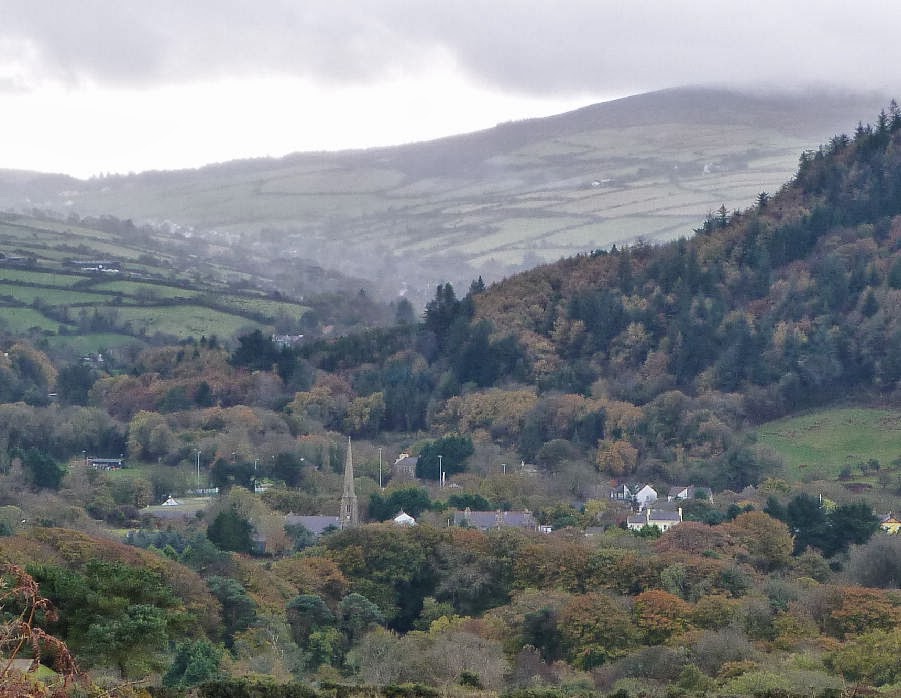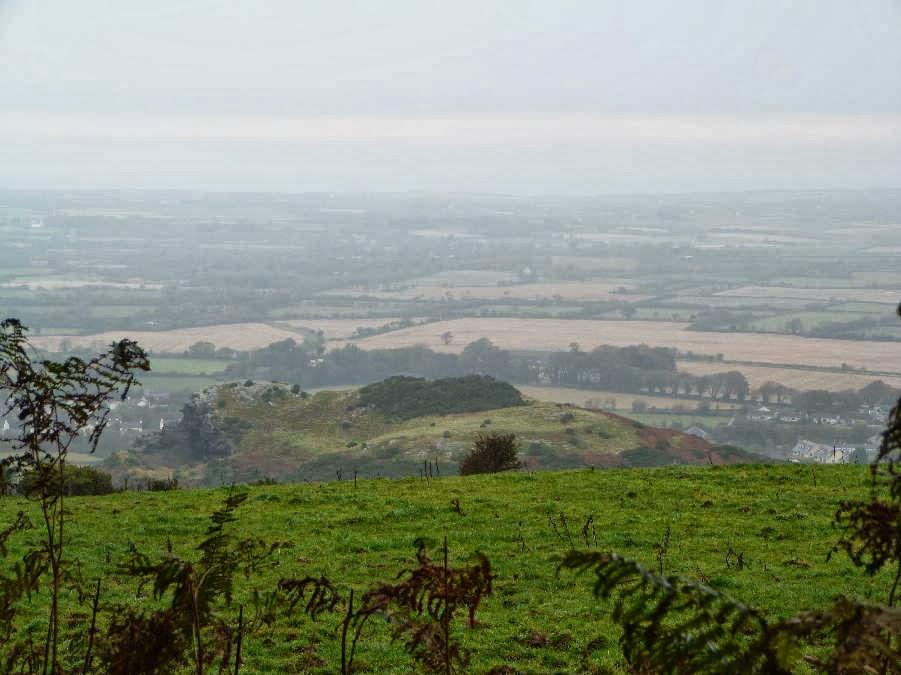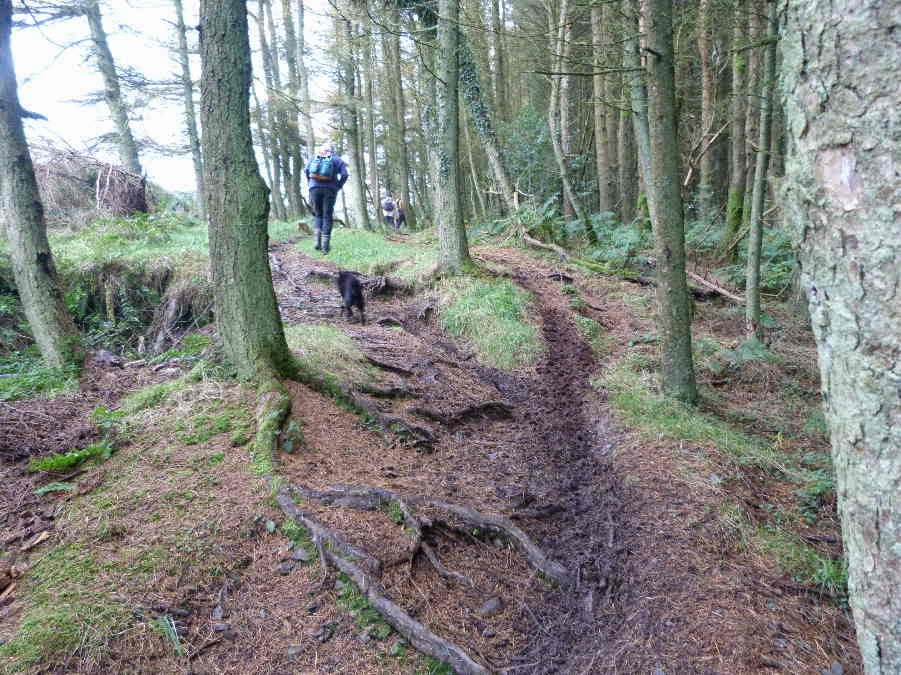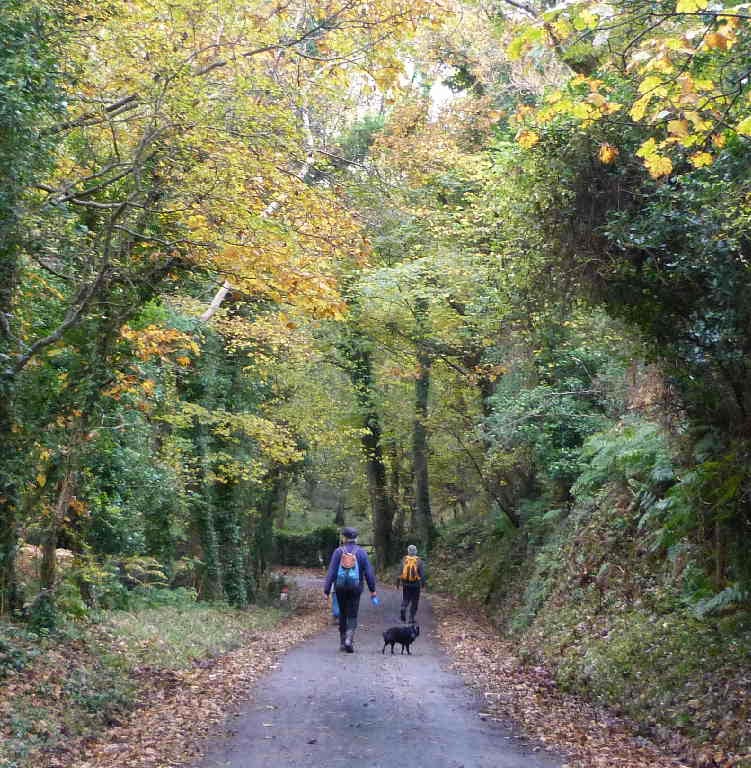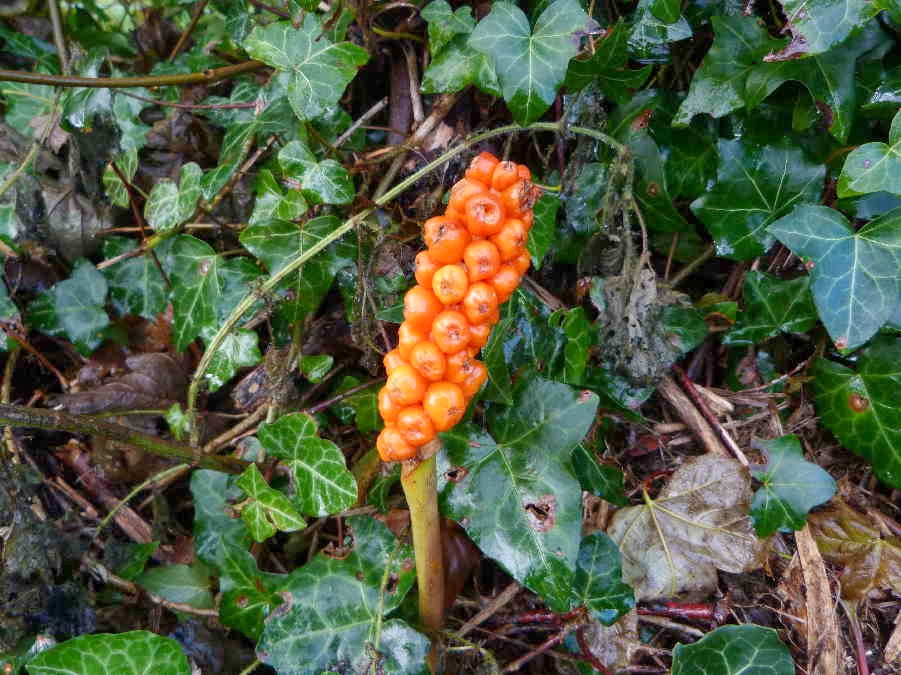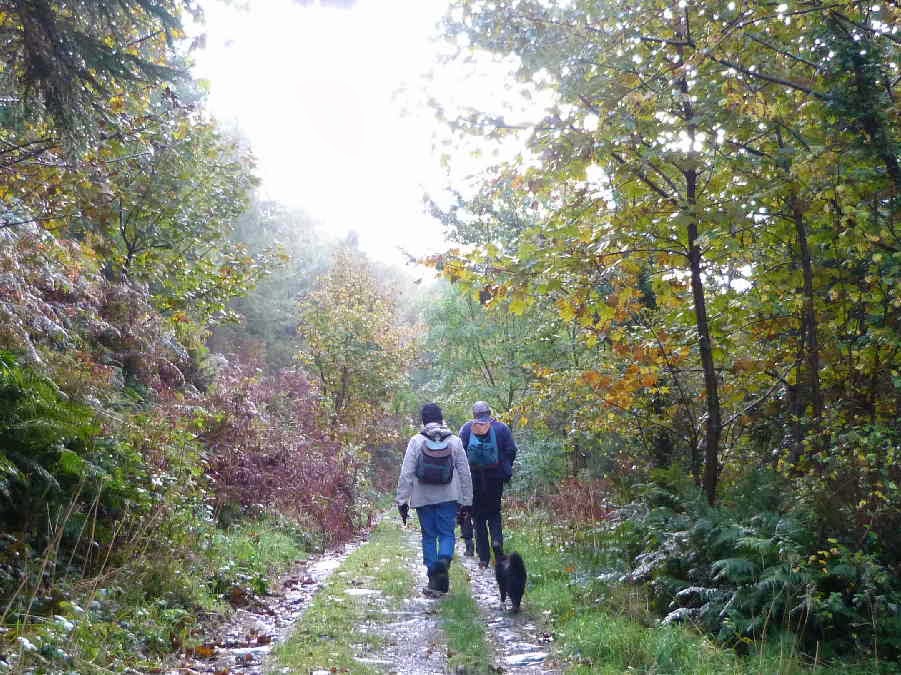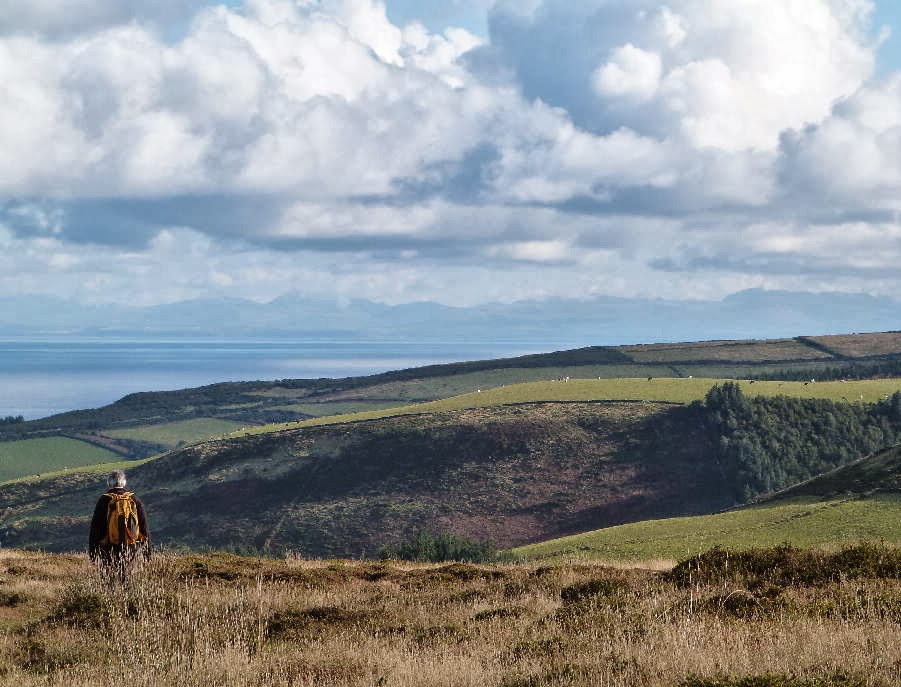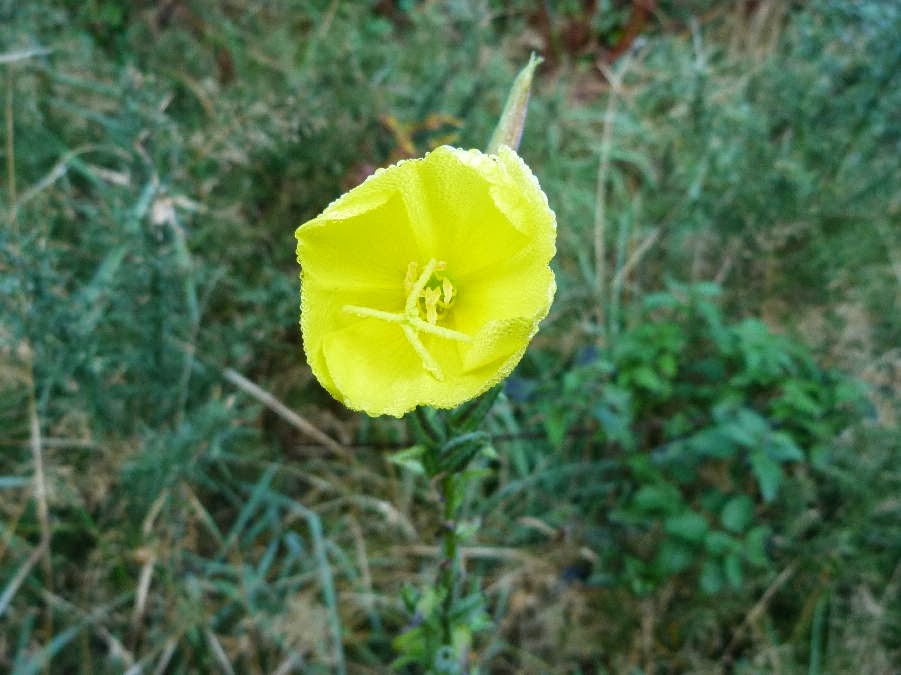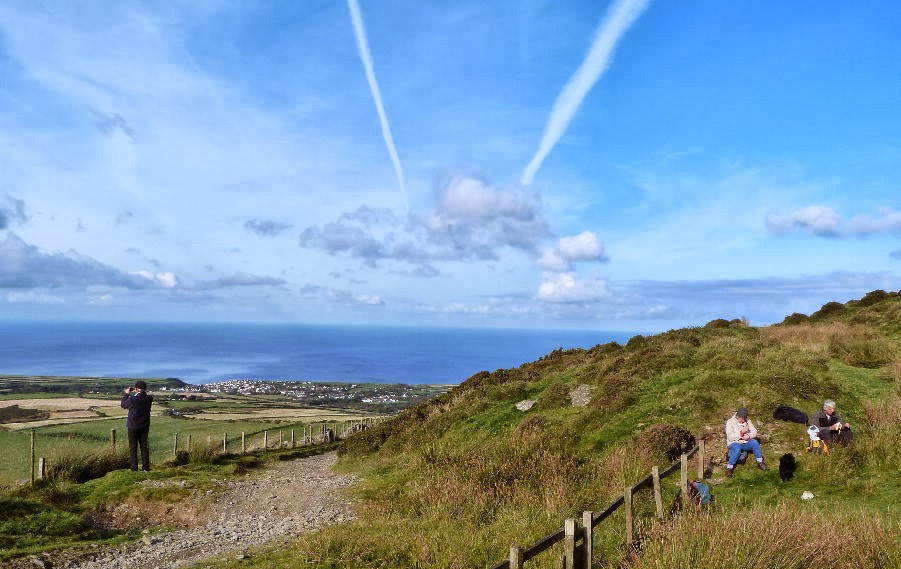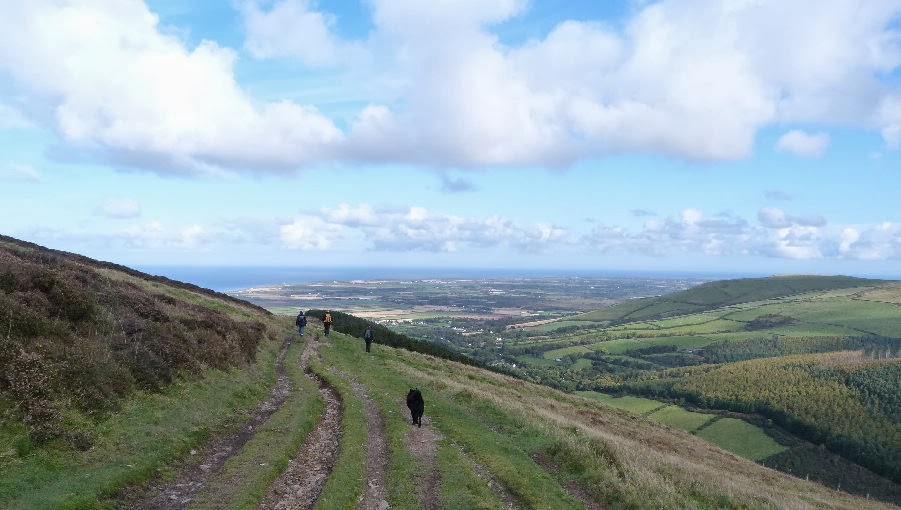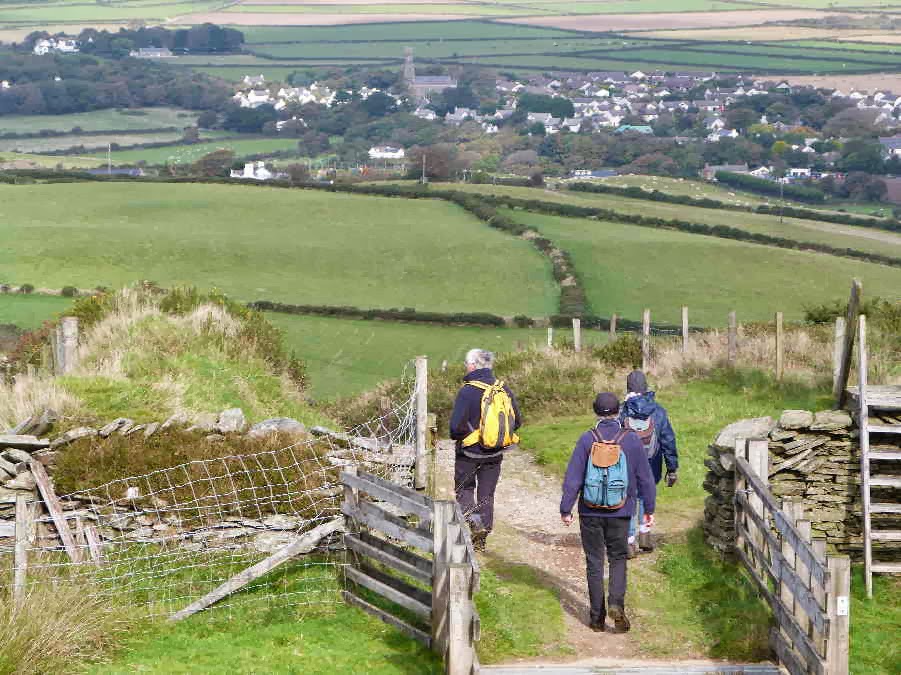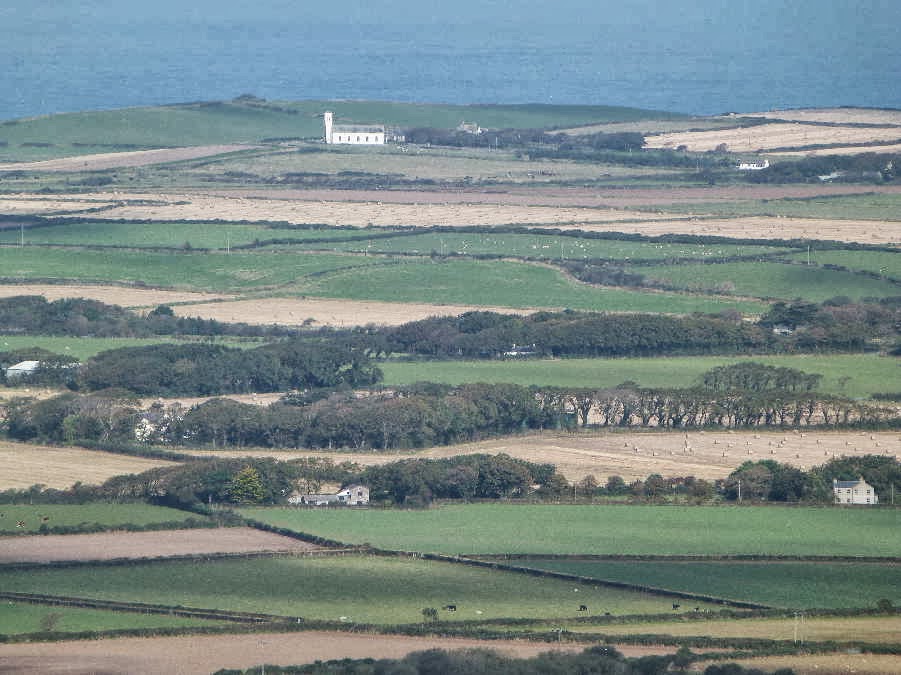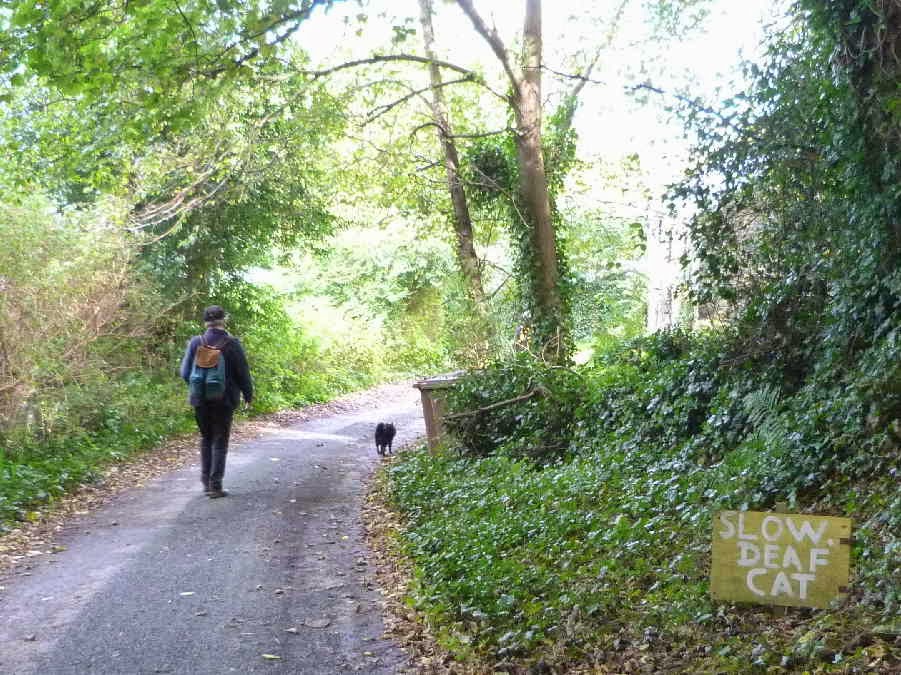Not a bad walk, but . .
.
Monday 29th October
2012
I spent most of last weekend worrying about
weather. After reading the various weather forecasts over the weekend for
Monday, and watching the rain pouring down all day on Sunday, I wondered
whether we might have been a bit overambitious in planning a long hike from
Tynwald Mills. The early forecast on Monday was still a bit iffy, predicting
scattered showers and sunny spells in the morning, clearing in the afternoon.
When we left home at twenty past eight (after a very welcome extra hour in bed
because of putting the clocks back) the weather didn't look too bad but I still
thought an abbreviated walk might be a good idea - in case the threatened
showers were heavy or prolonged.
We met Dorothy and Trevor in the car park and
set out up the road past the shops and then climbed up the rocky track on the
west side of Beary Mountain towards an area known as the Dowse - the name of an
old farm on the slopes of Beary which has all but disappeared. The first part
of the steep, stony track follows the boundary of Ballig Plantation. We stopped
for a short rest and I took a photo of this larch. I remember being taught
about deciduous and evergreen trees at primary school and being told that
conifers are evergreen. It was only when we moved to the Island that I found
out that there is an exception . . . larches turn gold in autumn before losing
their needles.
Further up the path we could see the damage done
by the recent heavy rain. Tim took this photo which shows why we spent most of
the walk looking down at the ground, to avoid tripping over stones or stepping
in holes or puddles, instead of admiring the views.
But there were some lovely scenes to enjoy when
we stopped for a minute or two to get our breath back. I liked this lonely
little cloud (or wisp of mist) floating over St John's with Slieau Whallian in
the background. It was a slight consolation for missing a photo opportunity on
the drive down to Tynwald. As we drove along Lezayre Road there was a thin band
of early morning mist hovering just above the ground over the fields and under
the old trees at Ballakillingan. It looked very atmospheric but sadly it isn't
a good idea to stop a car on a busy road to take photos.
When we reached the point where our path met the
top of Mill Road, which leads down to the main Peel to Douglas road near Greeba
Bridge, we stopped to discuss our options. I suggested walking down Mill Road
and then walking along the old railway lines and Brack a Broom Lane but Dorothy
looked reluctant to give up the idea of a longer walk. Trevor tossed a coin and
the shorter route won - but Dorothy looked so disappointed that we ignored the
verdict of the coin and headed uphill en route to Rhenass and the Little London
Road.
It was very quiet up on the hill. The only sound
was the babbling of the water running down little channels that had been eroded
near the path. We headed down a track through forestry land into the dip
between Beary Mountain, Slieau Ruy, Cronk y Voddy and Sartfell and then turned
down a footpath towards Ballasayle. The going was very wet underfoot and I was
worried about the route through the farm which is usually churned up by cattle.
Fortunately It wasn't much worse than it is in dry weather . . . but it wasn't
much fun picking our way down the rough path at the top of a bank - the official
"footpath" resembles an overgrown swamp, blocked with gorse and
rushes.
When we approached the old ruined farm buildings
at Ballasayle, the track improved and we came across a field of Highland
cattle.
I think a group of mad, puddle-dodging hikers was
the most interesting thing to pass their field all day. A few drops of
rain started falling and my camera was safely packed in a plastic bag. Tim took
this photo of the inquisitive beasts.
Having made our way through the farm, the next
obstacle was the ford at the Rhenass River. The stepping stones were almost
under water but fortunately a kind man, who was building an extension on the
nearby farmhouse, said that we could walk through the building site and cross
their bridge.
After crossing the river, most of the route back
to the cars was along minor tarred roads, but we still had one steep climb from
the Rhenass valley up to the Little London Road. I stopped for a rest and took
another photo of Ballasayle from a different angle, with the forestry track down
the lower slopes of Beary Mountain visible in the background on the
right.
As we reached the Little London Road, the view
changed and we could look north towards the outline of the mountains in the
Scottish borders. The zoom effect makes them look even closer and more
impressive.
Regarding the rest of the walk (down the Little
London Road to cross the main road at Cronk y Voddy and then along the Staarvey
Road) . . . the less said the better. We were tired after hours of rough
walking and the rain which had avoided us for most of the morning arrived. Also
we were walking along tarred roads and Alexander had to be on the lead in case
of speeding cars. Now Alexander doesn't like walking on the lead and he doesn't
like the rain. So he wasn't a happy chappie. At one point he looked so
miserable that Tim picked him up and carried him for a bit. But he cheered up
when the rain stopped we let him run free for a while as we walked down the
track towards the Poortown Road.
Nearly back . . . and St John's looked very
pretty in its autumn setting.
So, all in all, not a bad walk . . . but it would
have been even better if it had been a bit shorter and a bit drier!
PS Poor little Alexander was very tired on
Monday evening. He lay on a mat in the kitchen and only had enough energy to
open one eye when I spoke to him. We wondered whether we were expecting too
much of him. Four hours of rough walking, without even stopping for a tea break
because it was too wet, is tough on a small, plump, elderly dog. Happily, the
next morning he was fine - full of bounce and trying to boss his bigger brothers
again.

